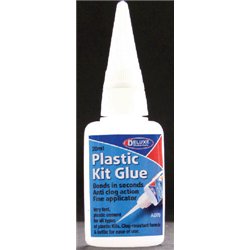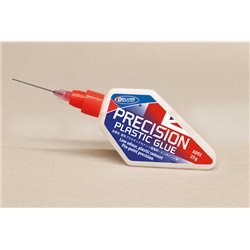Static grass puffer bottles work by manually charging model grass fibres with static electricity. When the charged...
No products
Product successfully added to your shopping cart
There are 0 items in your cart. There is 1 item in your cart.
Search Tips
What are the benefits of washing plastic kit parts?
Before starting their next project many modellers will wash the plastic parts of their model kit. This is a sensible precaution as the injection-moulding process used to manufacture plastic kits can leave residues on the parts. These residues generally take the form of a thin film of oil on the surface. If not cleaned away this film can make it more difficult for subsequent layers of paint to adhere to the surface of the parts.
Tepid water with a mild detergent such as washing up liquid is an ideal solution to this problem. Simply immerse the parts in the water and the detergent present in the water will start to work at removing any residues present. The parts can then either be dabbed dry with a soft cloth or alternatively left to drip dry. If drying with a cloth care should be taken not to damage any parts or to break them off their sprues.
This cleaning process is also very useful for removing any grease from fingers especially if the kit parts have been repeatedly or regularly handled prior to assembly and painting.
As previously mentioned care should be taken to ensure that tepid water is used as extremely hot water can potentially distort delicate or fragile parts. That said, hot or very hot water can be used as a deliberate ploy to help correct minor imperfections or distortions or to facilitate minor adjustments when fitting parts.
Click here to receive the tips weekly in your mailbox. You can unsubscribe at any time.









